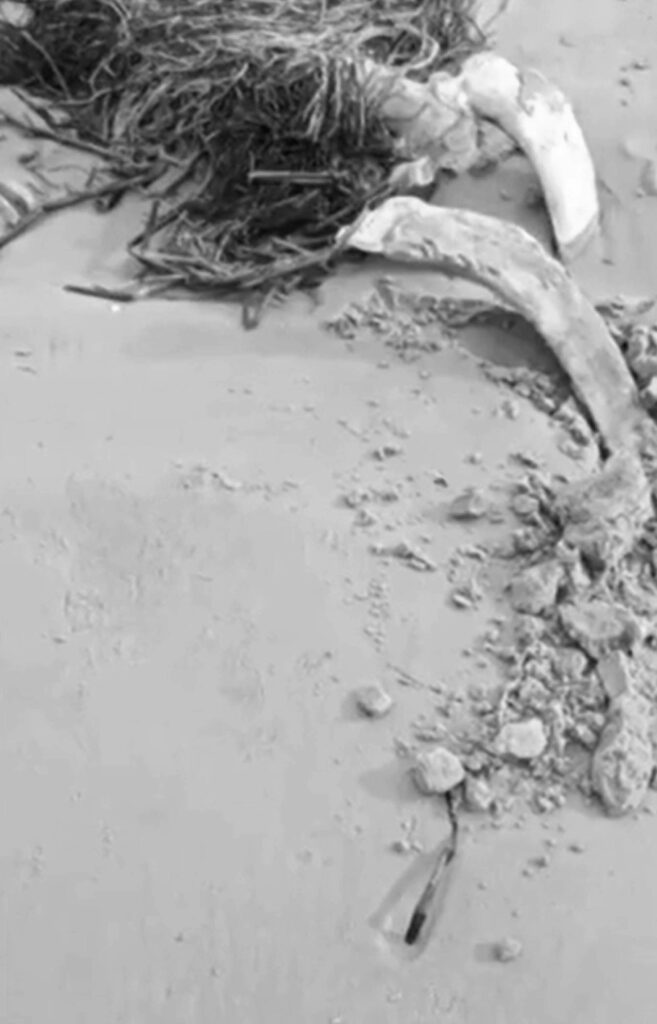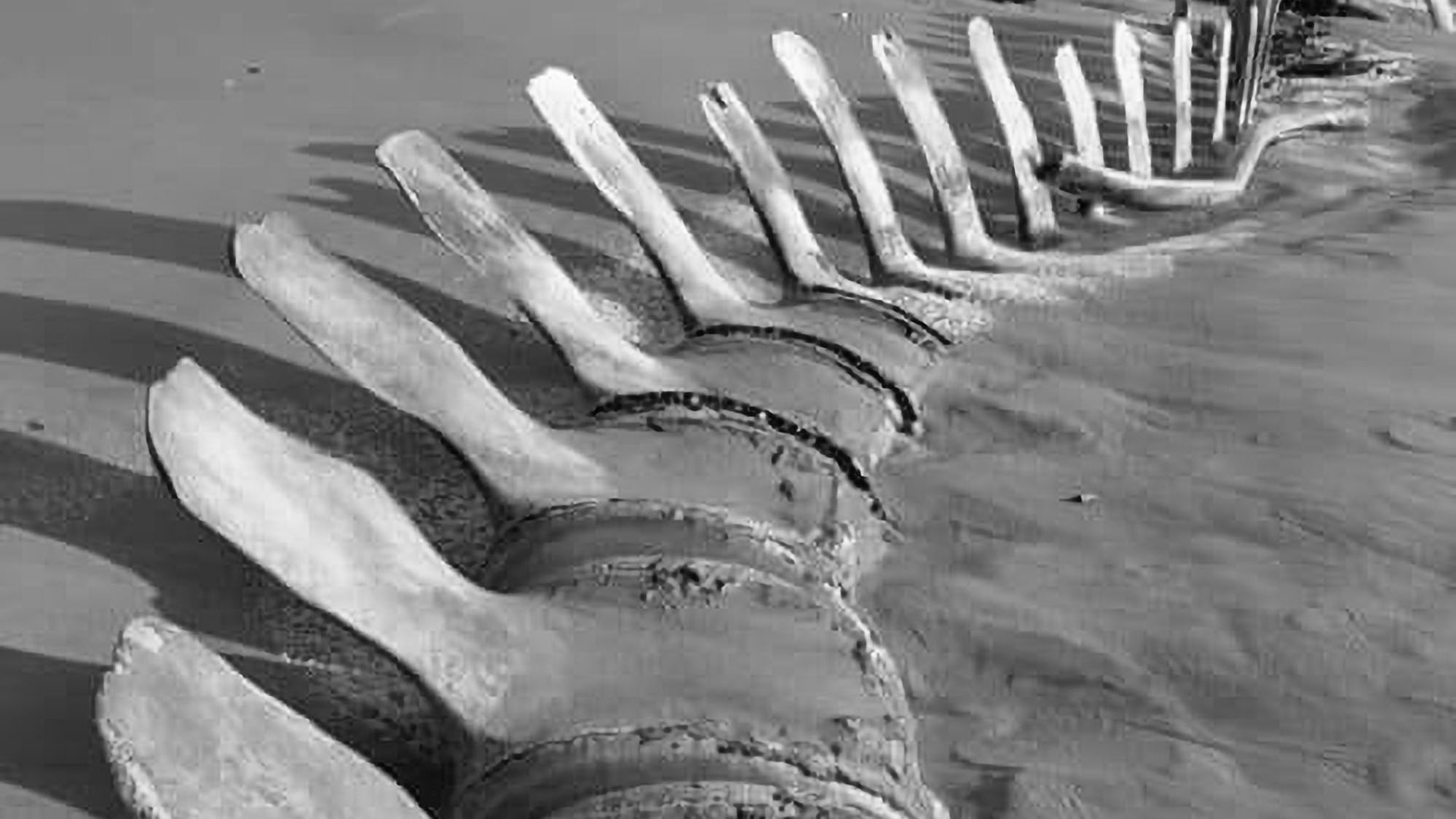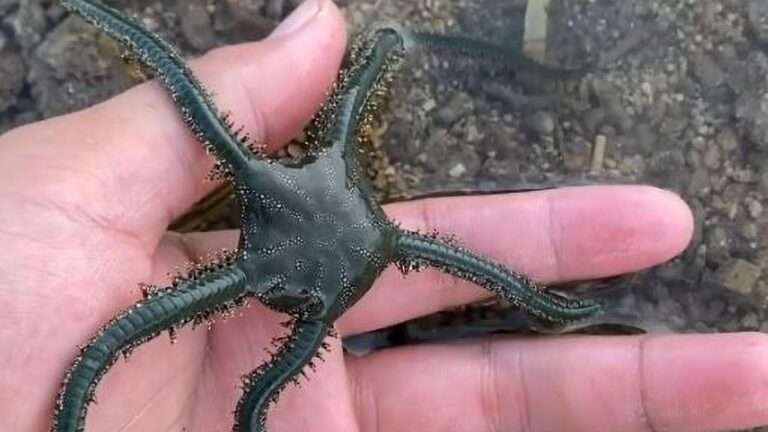A mystery giant skeleton has surfaced on a beach and disappeared again as quickly as it appeared.
The four-metre- (13-ft-) long skeleton was photographed on Barra do Una Beach in the Brazilian municipality of Peruibe on 21st May.
Marine biologist Thiago Augusto do Nascimento was one of those puzzled by the huge skeleton speculated that it might belong to a Bryde’s whale that washed up dead in the area 12 years ago.
Bad weather prevented researchers from reaching the site, which lies in a protected environmental reserve, on the day the skeleton was found.

A giant skeleton of an unidentified animal was found ona a beach in the south coast of Sao Paulo, Brazil, in May, 2021. 
A giant skeleton of an unidentified animal was found ona a beach in the south coast of Sao Paulo, Brazil, in May, 2021.
However, the team called off its investigation the following day after receiving reports the skeleton had disappeared as quickly as it had appeared.
Only one bone was spotted at the scene the following day, and researchers are unsure as to how the remainder went missing.
One hypothesis is that the bones were removed from the site by local residents.
Another, which is considered more the more likely scenario, is that the bones were buried again in the sand by the tidal action.
According to Nascimento, the Bryde’s whale that washed up dead in the area in 2009 was 14 metres (46 ft) long.
He told news site G1: “When this skeleton appeared, I remembered that beaching. I do not remember another such happening in that region.”
However, the skeleton’s true history can only be ascertained with DNA testing, leaving the identity of the creature officially a mystery.

Bones of an unidentified animal was found ona a beach in the south coast of Sao Paulo, Brazil, in May, 2021. 
Bones of an unidentified animal was found ona a beach in the south coast of Sao Paulo, Brazil, in May, 2021.
There are believed to be some 90,000 to 100,000 Bryde’s whales worldwide, with around two-thirds inhabiting the Northern Hemisphere.
It is a least-concern species complex, though the animals are threatened by ship strikes and anthropogenic noise.
To find out more about the author, editor or agency that supplied this story – please click below.
Story By: William McGee, Sub-Editor: James King, Agency: Newsflash
The Ananova page is created by and dedicated to professional, independent freelance journalists. It is a place for us to showcase our work. When our news is sold to our media partners, we will include the link here.




